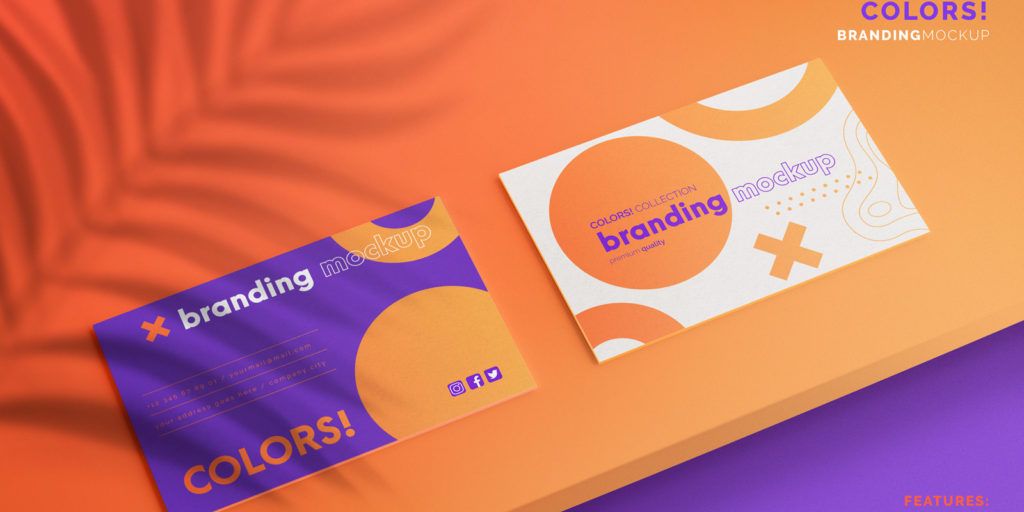
How to create a design identity for your new business
Your brand is defined by a customer’s overall perception of your business. That first thing that comes to their mind when they think of your brand should be a positive aspect. For you to ensure that, you need to define who you are very clearly and easily for your audience.
Beginnings are tough. You don’t have a big budget for a design agency neither do you want to look amateur as you launch your brand. In this article, I’m going to share a simple and straightforward process you can do yourself to build your brand identity so you can launch a business that looks together, solid and presentable.
This is what we’ll be talking about in detail
- The importance of knowing who you are before you begin designing
- Where to gather inspiration for your visual identity
- How to select colors and fonts for your brand identity
- How to design your brand’s logo
- Putting together your brand board
1. Who are you?

Your identity does not start with colours and design. It starts with who you are which then leads to design. I’ve noticed that many start up businesses do not focus on this part because they assume people won’t care as long as they get their iPhone or thermo flask or whatever product it is they’re selling.
Every other business should emulate what nonprofits and businesses in competitive banking and telecom industries do. Their brands are so well-defined.
Ask yourself; Why do you exist? What differentiates you? What unique problem do you solve? Why should people care? These ideas form a strong foundation for your brand’s tagline, voice, messaging, stories, visuals and more.
2. Creating your visual identity
Here’s a couple of platforms you can go to and draw inspiration for what colours you can use.
Pintrest , Dribbble, Behance. These platforms are used by great designers around the world to draw fresh ideas on creating branding guidelines for clients.
They offer a wide range of super creative mood boards that you can scroll through all day and be spoilt for choice. They are that good!

3. Picking colours and fonts
Keep your mission and vision of your business in mind as you pick colours because different colours communicate a different message. For example youthful colours are bright and communicate a brand full of life like MTN’s yellow or Africell’s orange. Calmer colours like royal blue communicate a brand that’s down to earth like dfcu’s blue.
Pick at most 3 core colours that you can play around with preferably two strong colours and a highlighter one.
Fonts:
There are five basic classifications of typefaces: serif, sans serif, script, monospaced, and display.
As a general rule, serif and sans serif typefaces are used for either body copy or headlines (including titles, logos, etc.), while script and display typefaces are only used for headlines but creativity knows no bounds. All that can be switched up or combined to give your brand a dynamic feel which is always important in helping your audience identify you easily.
4. Creating your logo
There are a number of platforms that can help you give a general idea or picture of how your logo would look like. One of them is Design Hill. It’s comprehensive and tries to understand your company/organisation beyond just the name in order to give you a clear picture.
If your taste is too specific, then you can opt for a professional graphics designer to help you create a unique logo that can stand out in the market.


5. Putting together your brand board
Having gone through all the steps above, you might as well consider your visual brand identity complete. So, your brand board is basically a vision board that has all your inspirations for your brand in one place. From colours you picked, to inspirational images that stood out for you, to different fonts.
All this cannot be done in one day because the best inspiration comes in doses. I bet you’ll develop it over time and remember that it’s okay to change your mind several times as long as the mission and vision of your company stay constant.
An example of a brand board looks like this:

If you don’t trust your taste in design, start your brand identity design project with us today and start off on the right path. It’s a long road to go alone, but we’ll give you a lift.